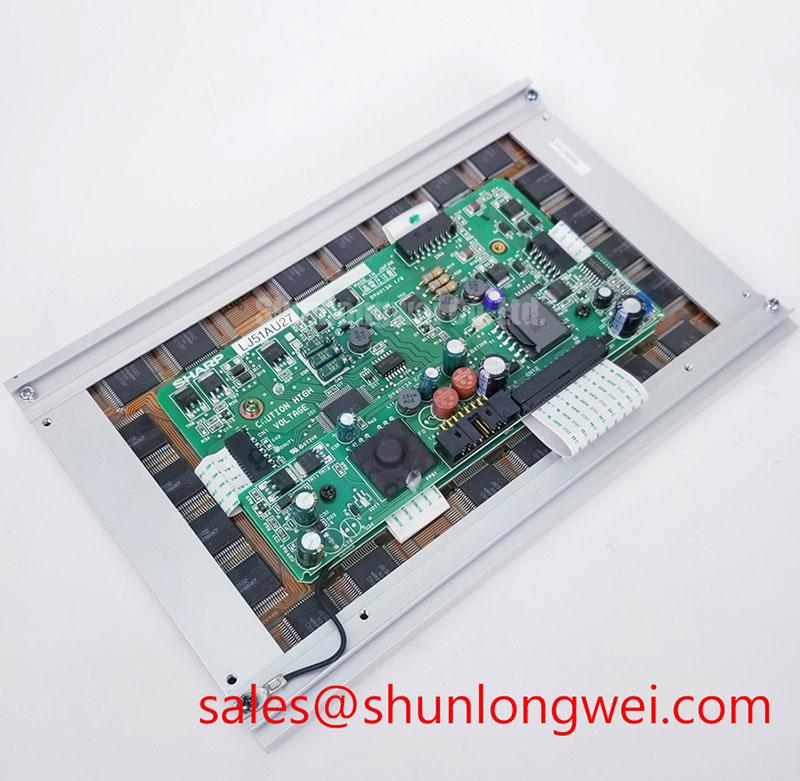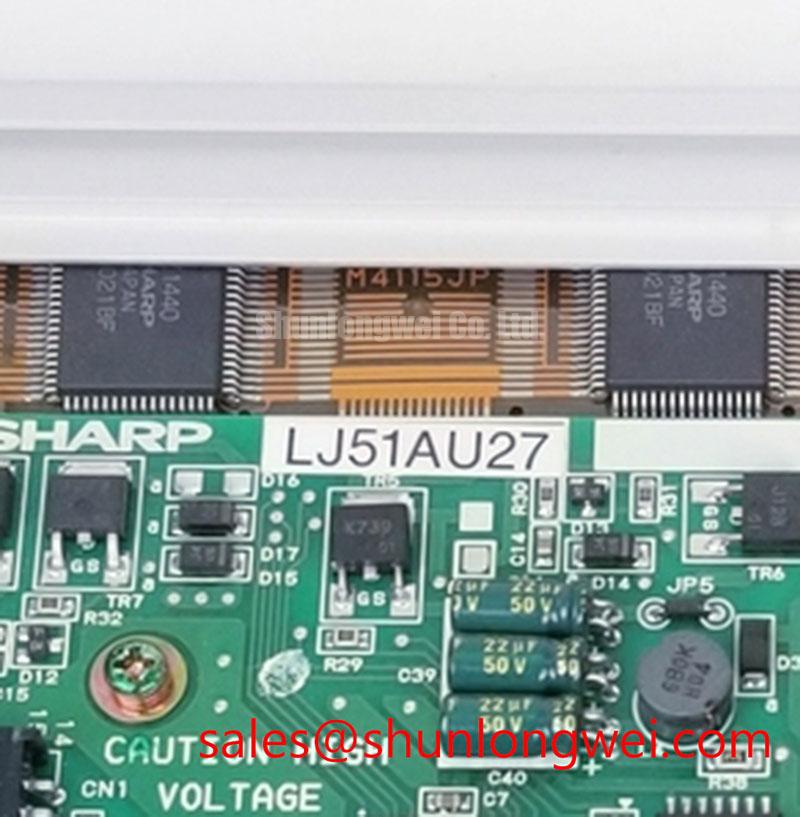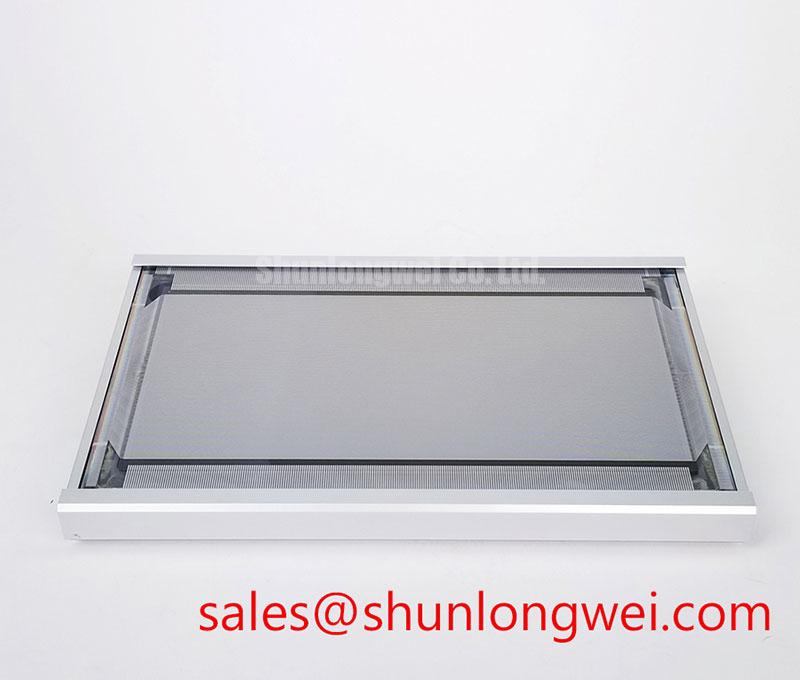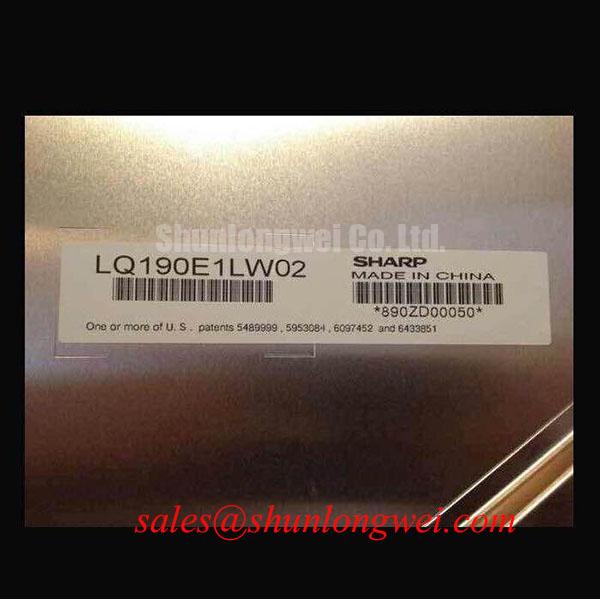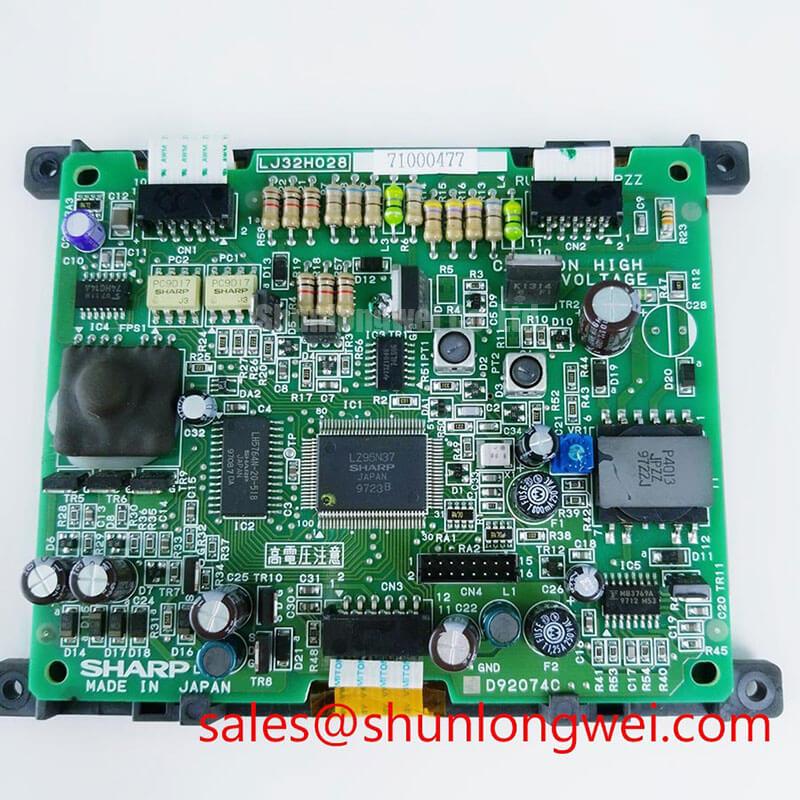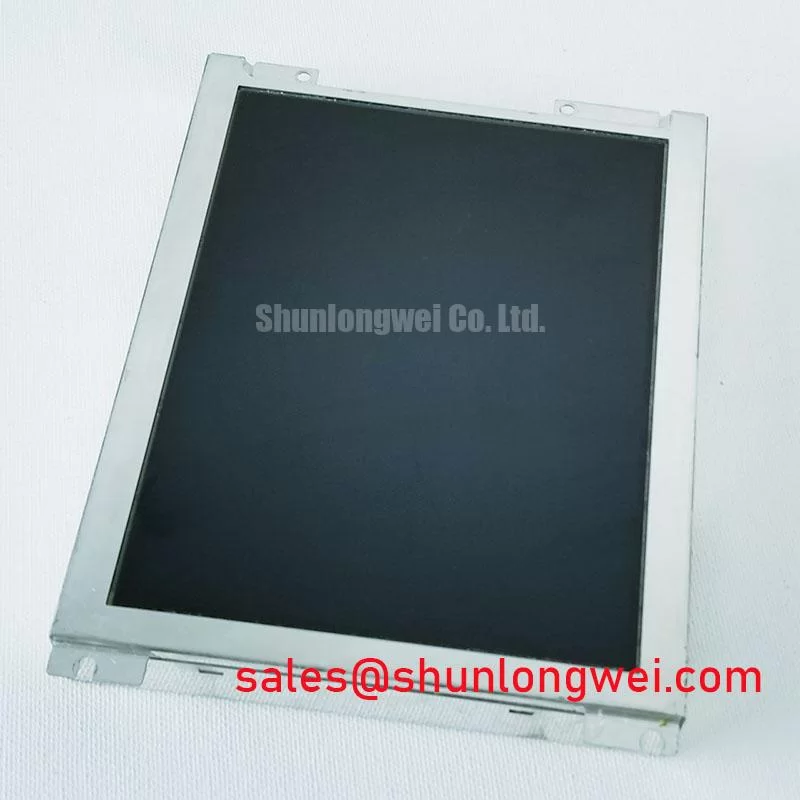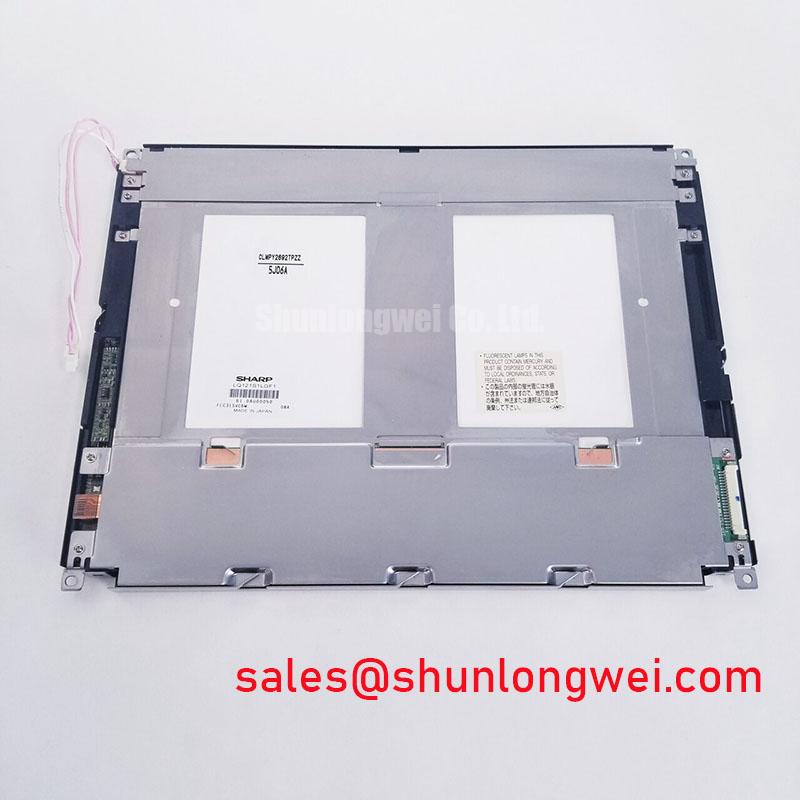LJ511AU27: Engineering-Grade STN Display for Industrial HMI and Control Systems
A Technical Introduction to the Sharp LJ511AU27 Graphic Display Module
Content last revised on October 9, 2025.
The Sharp LJ511AU27 is an STN (Super-Twisted Nematic) graphic display module engineered for long-term readability and operational resilience in demanding industrial applications. Delivering a sharp 512 x 256 pixel resolution with a high-contrast monochrome output, this display provides a robust visual interface for critical process data. Its key design tenets are superior optical performance under varied lighting and unwavering stability across a wide operational temperature range. For legacy systems requiring a proven, no-fail display solution, the LJ511AU27 offers a direct path to maintaining operational continuity. Best fit for industrial control panels where data clarity and long-term reliability are paramount, this module provides an optimal human-machine interface (HMI) foundation.
Application Scenarios & Value
System-Level Benefits in Industrial Automation and Legacy System Retrofits
The LJ511AU27 is engineered to address the specific environmental and operational challenges found in industrial settings. Its fundamental value lies in its ability to deliver clear, unambiguous data in environments where consumer-grade displays would fail. Consider a scenario involving a programmable logic controller (PLC) on a manufacturing floor, subject to temperature swings and ambient dust. The LJ511AU27's wide operating temperature range ensures that the display remains functional and readable whether the facility is in a cold start-up phase or running at peak thermal load. What is the primary benefit of its high-contrast STN display? Enhanced operator efficiency and reduced error rates due to superior data legibility from wide viewing angles.
This resilience makes it an ideal candidate not only for new equipment designs, such as data acquisition systems and process controllers, but also for critical legacy system retrofits. Upgrading an aging control panel with the LJ511AU27 can significantly extend the service life of valuable machinery by replacing a failing or obsolete display with a component designed for longevity. For applications requiring a more compact footprint for instrumentation, the related KCG057QV1DB-G000 offers a different form factor while maintaining a focus on industrial-grade performance.
Key Parameter Overview
Specifications Translated into Engineering Advantages
The technical specifications of the LJ511AU27 are not just numbers; they are design choices that directly translate to performance and reliability in the field. Understanding these parameters is key to evaluating its fit for a specific engineering project.
| Parameter | Specification | Engineering Value & Interpretation |
|---|---|---|
| Display Technology | STN (Super-Twisted Nematic) Monochrome LCD | High-Contrast Readability: STN technology provides excellent contrast between pixels and background, a critical factor for displaying text and simple graphics clearly in factory lighting. This is analogous to using high-contrast ink on paper for maximum clarity. |
| Resolution | 512 x 256 Dots | Information Density: This resolution is optimized for displaying multiple lines of text, status indicators, and basic process diagrams typical in industrial HMI applications without overwhelming the user. |
| Active Area | 115.18mm x 57.58mm | Optimized Form Factor: The active display area is sized for standard industrial enclosures, facilitating straightforward mechanical integration into existing panel cutouts or new designs. |
| Backlight System | CCFL (Cold Cathode Fluorescent Lamp) | Proven Longevity: While newer technologies exist, CCFL backlights are a mature, well-understood technology with a long track record of reliability and a predictable lifespan, which is crucial for calculating system maintenance schedules. |
| Operating Temperature | 0°C to 50°C (Typical) | Industrial Environment Suitability: This range ensures stable operation within enclosed, non-climate-controlled industrial settings, preventing display flicker or failure due to typical machine-generated heat. |
Note: As an official datasheet is not publicly available, these parameters are based on aggregated industry data for this model. Engineers must conduct final validation for their specific application.
Frequently Asked Questions (FAQ)
What makes the LJ511AU27 a better choice for an industrial HMI than a modern full-color TFT display?
For many industrial control applications focused on displaying critical process data, the primary requirements are absolute readability, reliability, and low power consumption. The LJ511AU27's high-contrast monochrome STN display excels at presenting alphanumeric data and simple graphics with exceptional clarity, even at oblique viewing angles. It avoids the complexity and higher power draw of color TFT-LCD panels, leading to a more robust and longer-lasting solution tailored for essential monitoring tasks.
How does the CCFL backlight impact the long-term reliability and serviceability of a system?
The CCFL backlight in the LJ511AU27 is a mature technology with a well-documented performance curve and lifespan. This predictability is an engineering advantage, allowing for the design of proactive maintenance schedules. Unlike some newer technologies, its failure mode is typically a gradual dimming rather than a sudden outage, providing advance warning and ensuring system uptime is maximized.
Is the 512 x 256 resolution sufficient for modern industrial automation tasks?
Yes, for a significant portion of industrial equipment, especially in roles dedicated to process control, machine status monitoring, or parameter input. This resolution allows for the clear presentation of 8 to 16 lines of text and essential graphical elements without the information density becoming a distraction. It strikes a crucial balance between providing necessary data and maintaining operator focus.
Can the LJ511AU27 be integrated into systems that require operation in harsh or dirty environments?
Absolutely. The module itself is designed for industrial conditions. When integrated into a suitable NEMA enclosure or a properly sealed front panel, it forms the visual core of a highly resilient HMI capable of withstanding dust, moisture, and vibration typical of factory floors and field installations.
Technical Deep Dive
The Engineering Rationale Behind STN for Mission-Focused Interfaces
The choice of STN technology for the Sharp LJ511AU27 is a deliberate engineering decision rooted in application-specific requirements. Unlike active-matrix technologies designed for full-motion video, passive-matrix STN is optimized for static or semi-static information display. The "super-twist" in the liquid crystal alignment allows for a much sharper contrast and wider viewing cone than older twisted-nematic (TN) designs. This is mission-critical in an HMI where an operator may need to read a value from an off-axis position while attending to other machinery.
Think of the display's contrast ratio as the signal-to-noise ratio for the human eye. In the electrically noisy environment of a factory, a high-contrast display ensures the "signal"—the critical data—is always perceived clearly above the "noise" of challenging ambient light. The LJ511AU27’s design prioritizes this data integrity over color fidelity, making it a purpose-built tool for industrial communication.
From an Engineer's Perspective
In system design, longevity and predictability are often more valuable than cutting-edge features. The LJ511AU27 represents a category of components built on this principle. It is not designed to compete with the latest high-resolution color panels but to serve as an ultra-reliable data interface for the backbone of industrial infrastructure. For an engineer tasked with maintaining or upgrading a critical control system, selecting a component like this is a strategic decision to prioritize uptime and minimize total cost of ownership over the long operational life of the equipment. It is a testament to building systems that are meant to last.

